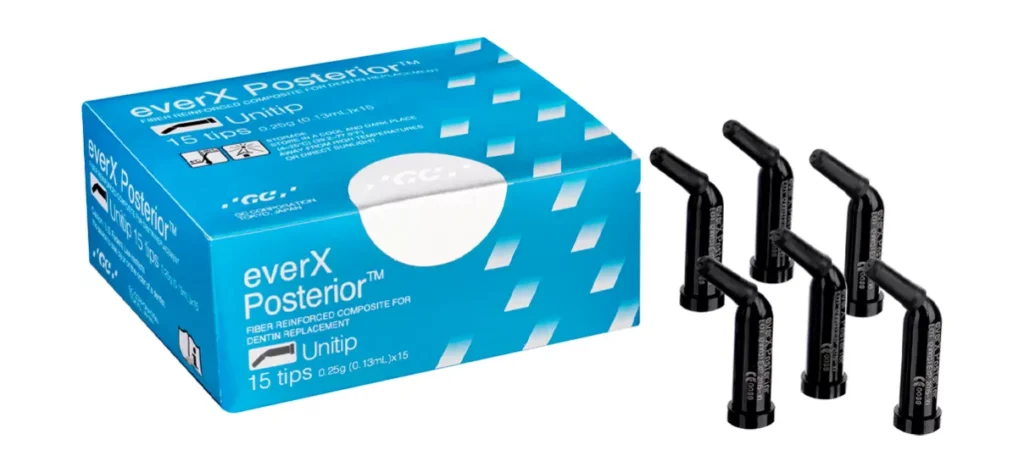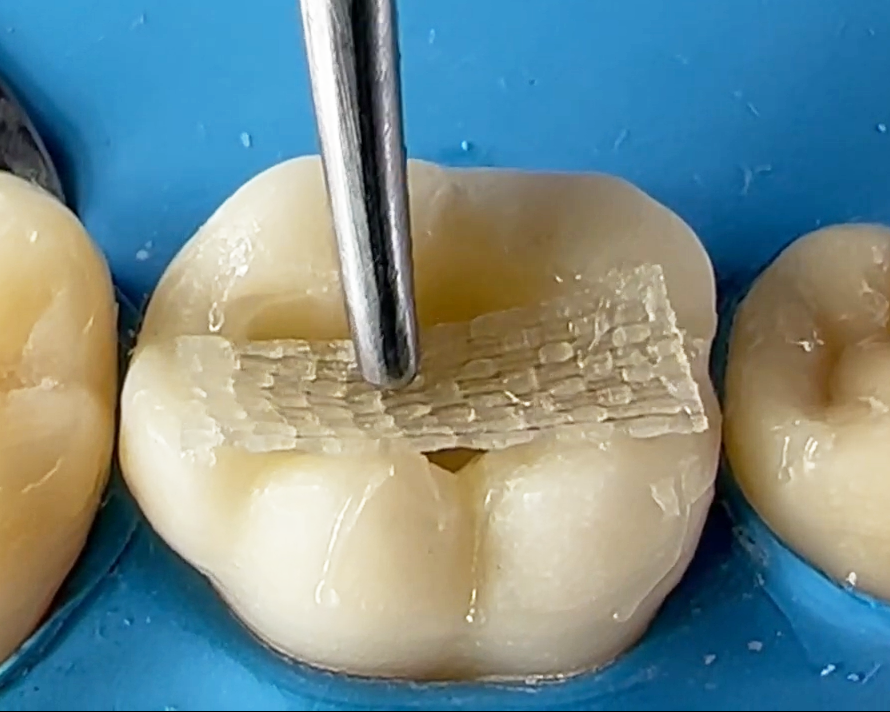

Short and Long Fibers in Restorative Dentistry: A Comprehensive Guide
Restorative dentistry has witnessed significant advancements over the past few decades, with the introduction of fiber-reinforced composite (FRC) materials being one of the most notable developments. Fibers, both short and long, have played a crucial role in improving the mechanical properties, durability, and clinical outcomes of restorative materials. This article delves into the applications, advantages, and limitations of short and long fibers in restorative dentistry, providing an evidence-based discussion on their impact on modern dental practice.
Introduction to Fiber-Reinforced Composites (FRCs)
Fiber-reinforced composites (FRCs) are dental materials that integrate fibers into a resin matrix to enhance mechanical properties. The incorporation of fibers significantly improves the strength, fracture resistance, and durability of dental restorations, making them an essential component in both direct and indirect restorative procedures.
Fibers used in restorative dentistry are categorized into short fibers (randomly dispersed) and long fibers (continuous or oriented). Both types have unique properties and specific clinical applications, which are crucial in determining the success and longevity of dental restorations.
Short Fibers in Restorative Dentistry
What Are Short Fibers?
Short fibers are randomly oriented fibers incorporated into composite resins, forming a multi-directional reinforcement network. These fibers are typically less than 2 mm in length and can be made of various materials such as glass, polyethylene, and carbon.
Advantages of Short Fibers
- Improved Fracture Resistance – The multi-directional fiber network absorbs stress and prevents crack propagation, increasing the fracture toughness of restorations.
- Ease of Handling – Short fibers are easier to incorporate into direct restorations and do not require complex layering techniques.
- Cost-Effective – Compared to long fibers, short fibers are more affordable and offer substantial benefits in posterior restorations where high-stress resistance is required.
- Superior Adaptation – Due to their smaller size and uniform distribution, short fibers adapt well to cavity preparations, improving marginal integrity.
Clinical Applications of Short Fibers
- Posterior Composite Restorations – Short fibers enhance the mechanical properties of composite fillings, particularly in high-stress-bearing areas.
- Core Build-Ups – They improve the durability of core materials used in crown preparations.
- Interim Restorations – Short fibers reinforce temporary restorations, providing increased wear resistance.
- Bulk Fill Composites – Some manufacturers incorporate short fibers into bulk-fill composites to improve strength and wear resistance.
Products Utilizing Short Fibers
Several commercial dental products incorporate short fibers to enhance their properties. Notable examples include:
- EverX Flow™ (GC) – A short fiber-reinforced flowable composite designed for core build-ups and dentin replacement.
- EverX Posterior™ (GC) – A reinforced composite suitable for stress-bearing areas in posterior restorations.
- NovaPro Fill (Nanova Biomaterials) – A composite resin infused with short glass fibers for enhanced durability and wear resistance.
Limitations of Short Fibers
- Lower Tensile Strength – Compared to long fibers, short fibers do not provide significant tensile reinforcement.
- Inconsistent Fiber Distribution – Non-uniform dispersion may lead to areas with weaker mechanical properties.
- Increased Wear Over Time – Short fiber-reinforced composites may degrade faster under occlusal forces in certain clinical scenarios.
Long Fibers in Restorative Dentistry
What Are Long Fibers?
Long fibers, also known as continuous fibers, are extended strands of reinforcing material that are typically oriented in a specific direction. These fibers can be made from materials such as glass, Kevlar, and polyethylene.
Advantages of Long Fibers
- Superior Strength and Toughness – Long fibers significantly increase the flexural strength and fracture toughness of restorations.
- Prevention of Catastrophic Failures – They provide greater resistance against crack propagation, minimizing the risk of complete restoration failure.
- Ideal for Splinting and Bridge Frameworks – Long fibers distribute occlusal loads evenly, making them suitable for more extensive restorations.
- Excellent Bonding with Resin Matrices – Chemically treated long fibers enhance adhesion to composite resins, improving the longevity of restorations.
Clinical Applications of Long Fibers
- Fiber-Reinforced Bridges – Long fibers are used to fabricate minimally invasive bridges without requiring full-coverage crowns.
- Periodontal Splinting – They are used to stabilize mobile teeth in cases of periodontal disease.
- Endodontic Post and Core Systems – Long fibers reinforce fiber posts, providing an alternative to traditional metal posts.
- Orthodontic Retainers – They are incorporated into bonded retainers to enhance durability.
Products Utilizing Long Fibers
Several commercial products utilize long fibers to provide enhanced strength and durability. Some well-known options include:
- Ribbond® (Ribbond, Inc.) – A reinforced fiber material widely used in splinting, bridges, and orthodontic retainers.
- FibreKor™ (Pentron Clinical) – A long fiber-reinforced post and core system for endodontic applications.
- Construct™ (Angelus Dental) – A long fiber composite used in direct bridge fabrication and splinting.
Limitations of Long Fibers
- Difficult Handling – Requires precise orientation for optimal reinforcement.
- Technique Sensitivity – Improper placement may lead to insufficient strength and inadequate adhesion.
- Higher Cost – Long fiber-reinforced materials tend to be more expensive than short fiber alternatives.
Short vs. Long Fibers: Which One to Choose?
The choice between short and long fibers depends on multiple factors, including the clinical scenario, required mechanical properties, and the restorative technique being used.
Recent Advances in Fiber-Reinforced Composites
Recent research has focused on enhancing the properties of fiber-reinforced materials by:
- Developing Hybrid Fiber Systems – Combining short and long fibers to achieve both ease of handling and superior mechanical properties.
- Nanofiber Reinforcement – Integrating nanofibers into resin matrices to improve bond strength and wear resistance.
- Bioactive Fibers – Infusing fibers with bioactive components such as calcium phosphate to enhance remineralization and secondary caries prevention.
